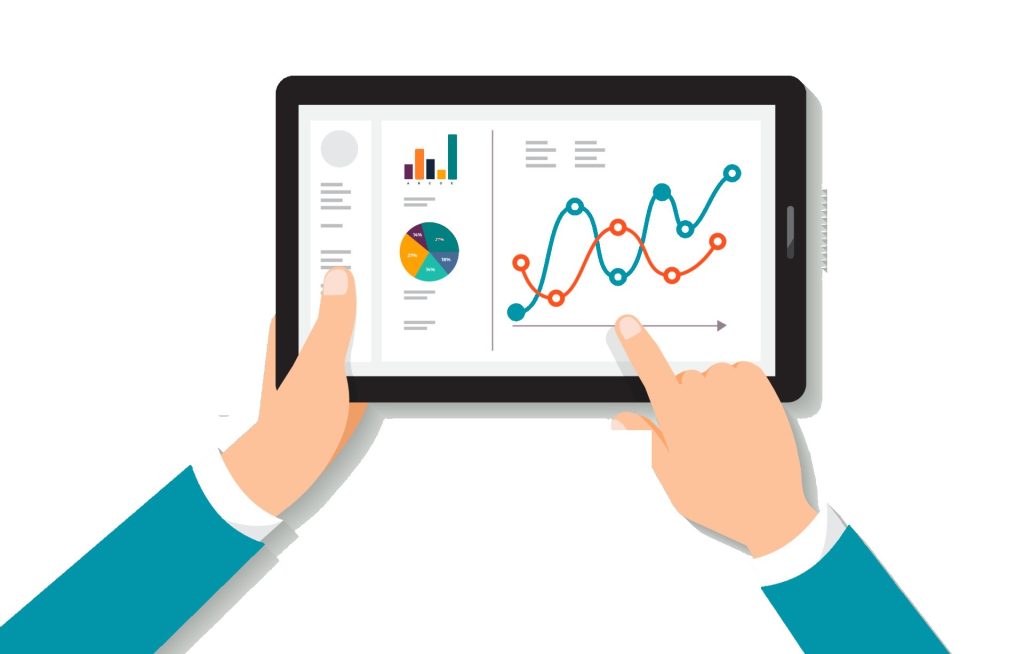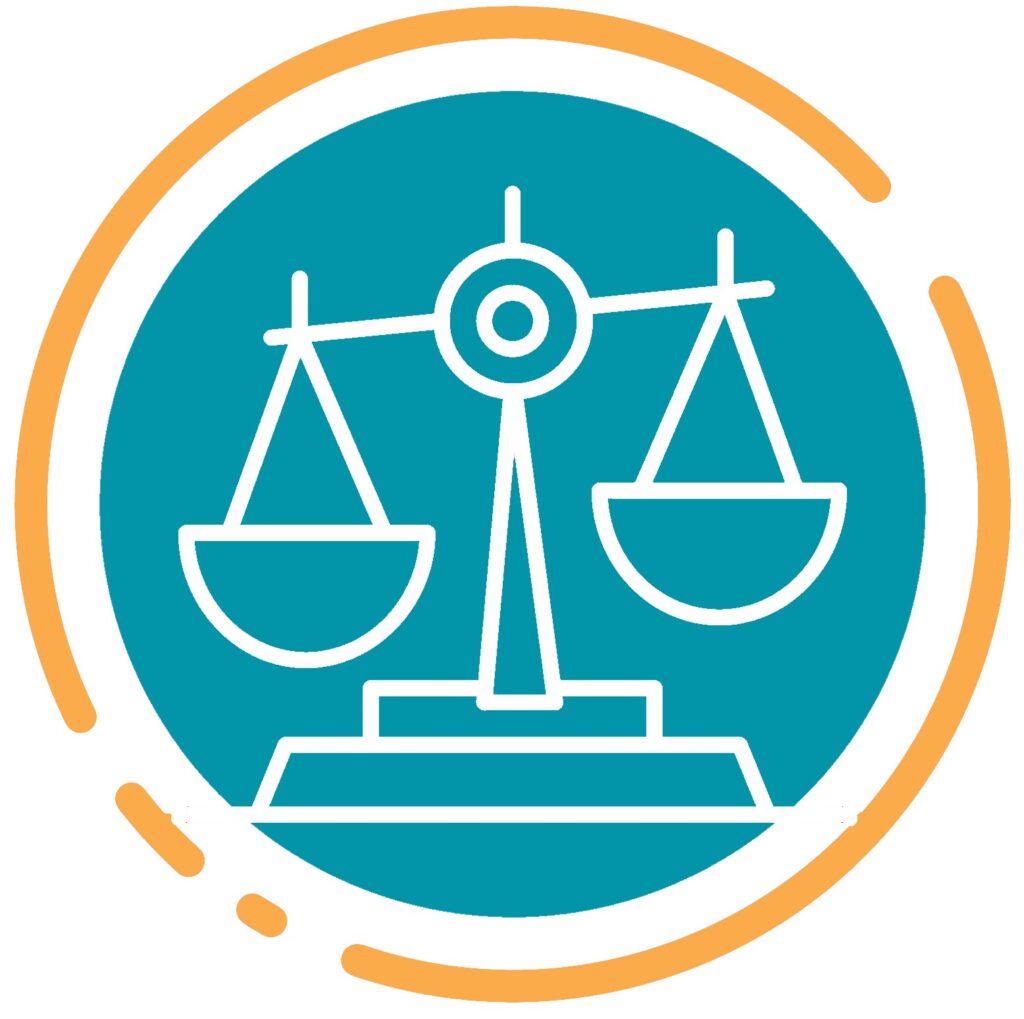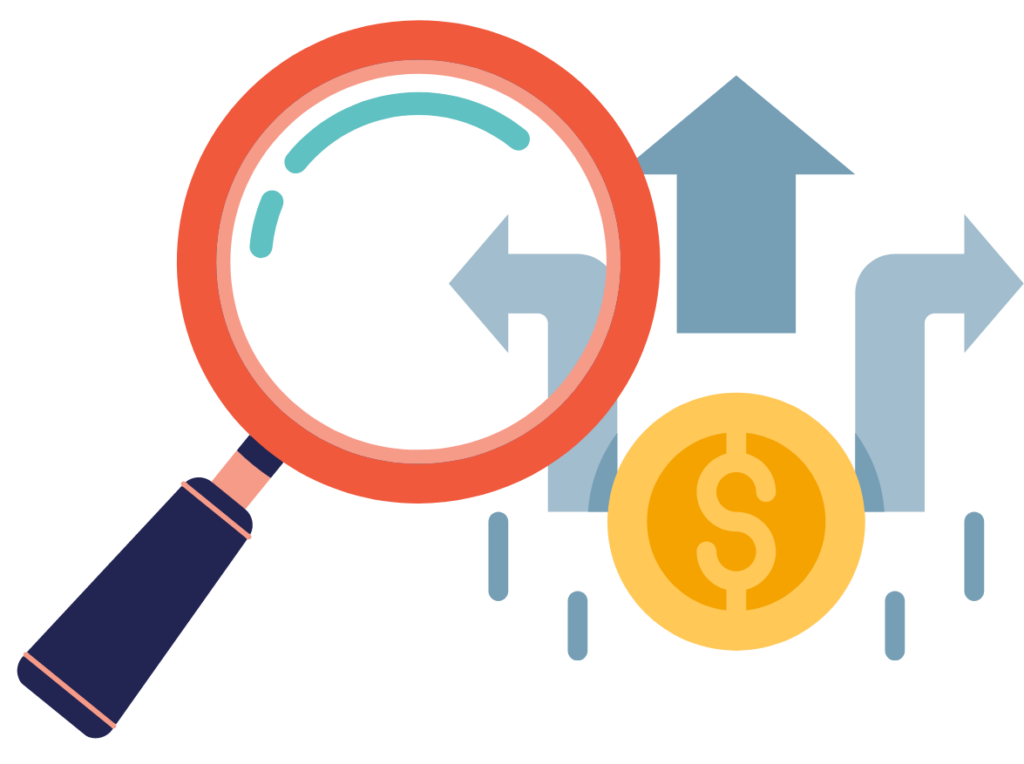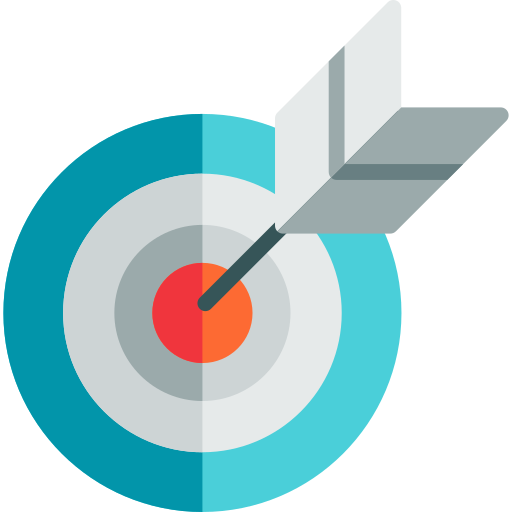Long-term budget forecasting: The ultimate tool for your annual budgets
Budget planning and forecasting are critical elements of business planning. Budgeting determines direction the company needs to go in, while the financial forecasts are used as a roadmap, to track progress towards the goals defined in that budget.
However, traditional approaches to planning and budgeting are tedious, time consuming, and can have serious negative knock on effects for the entire upcoming year if not done properly.
A timely process
According to a PWC report, the majority of respondents experience budgeting time consuming. The process takes two months or longer to complete, with actual forecasting taking at least six business days. Our clients have reported that they previously spent an average of 25 hours per week for an entire month on annual budget planning and forecasting, and at least 2 hours of maintenance per week on an ongoing basis. This is not only inefficient, but impacts the company’s bottom line negatively by tying up key human resources.
"We spend less time creating the numbers, and more time interpreting them."
- Nando's Finance Team

The problem with historical data
Traditional forecasting methods, using historical data, often provide inaccurate results. “Businesses often base forecasts on activity from the same week or period of the previous year. Due to behavioural changes and other disruptions, this historic data is dirty. Thus, forecasts based only on this data are even more inaccurate now.”
– Neil Rankin, CEO, Predictive Insights.
The solution
So, what if there was a solution that could reduce time spent on budget planning up to 70%? Such a solution would save costs while freeing up analysts for strategic data-driven decision making and improving the accuracy of these forecasts.
AI-enabled solutions such as Predictive Insights’ long-term budget forecasting solution can do just that.

With our Predictive Intelligence System, we provide accurate long-term budget forecasts by drawing from economics, data science, and behavioural insights. The solution takes future expectations of market activity into account (not just historical data). This makes forecasts more accurate, and, importantly, saves analysts a lot of time.
The forecasts also run in the background, ultimately reducing the average time spent on budget planning by up to 70%. But importantly, this also allows planners to focus on adding their own insights rather than mundane calculations.
Nando’s, one of our biggest clients, shared:
“We spend less time creating the numbers, and more time interpreting them. In the past, budget forecasting was either not being done, or when it was, it was being done in 500 different ways, which makes it quite hard to quantify. We can now forecast to a level we have never been able to before. ” – Nando’s Finance Team
Our Predictive Intelligence System benefits Restaurants, Retailers, and the Hospitality industry by:
1. Saving time

Stop relying on inefficient spreadsheets. By harnessing AI tools, and adopting long-term forecasting, you can provide your team with the means to enhance their job performance – empowering them to do what they do best.
“In addition to improving accuracy, a big bonus for our customers is that machines are doing the heavy lifting. Where data gathering and analysis can be a full time job, machine learning can help to provide analysts with a baseline for review. This takes the tedious work away, allowing people to add additional insights and do so much more with their data.” – Neil Rankin
2. Boosting revenue
Our solution helps you reduce the cost of forecasting. Additionally, through improved staff scheduling and stock control (reducing stock outs) we impact our clients’ bottom line. According to McKinsey, “improving forecasting accuracy by 10 to 20 percent can translate into a potential revenue increase of 2 to 3 percent.”

3. Enhancing Accuracy up to 50%

1. Medium-to-long term Demand Forecasting solutions can lead to an improvement in managers’ predictions by up to 30 percent for forecasts up to 18 months ahead, by using a combination of machine learning, economic, and behavioural insights.
2. Short-term Demand Forecasting solutions (providing hourly, daily and weekly forecasts up to eight weeks in advance) can halve forecast errors compared to traditional approaches.
As the financial year draws to a close, it’s the perfect time for businesses to re-evaluate their forecasting strategies and invest in the future with long-term forecasting. By doing so, they can unlock a world of untapped potential, ultimately leading to more efficient operations, increased profitability, optimised decision-making, and happier customers.